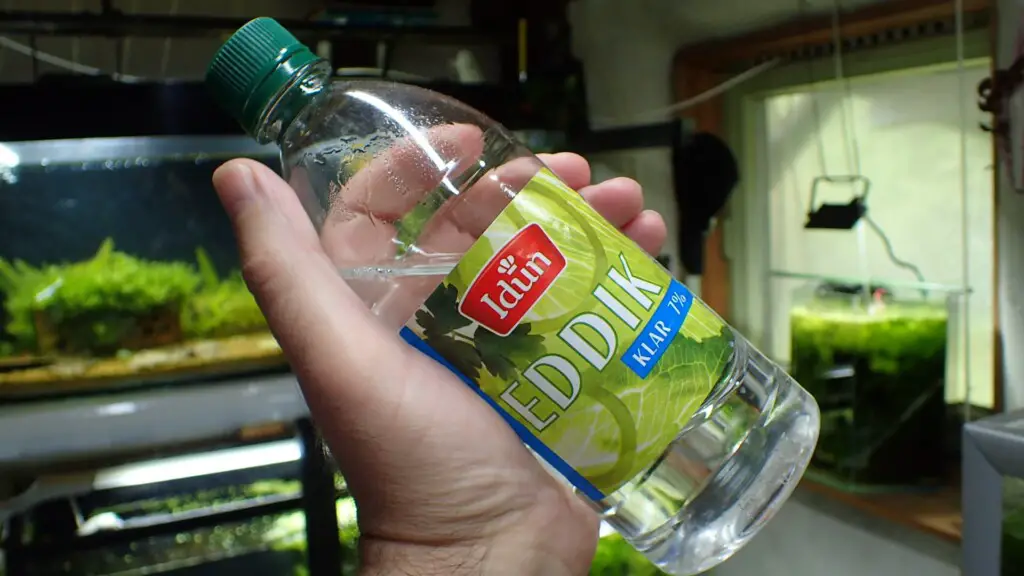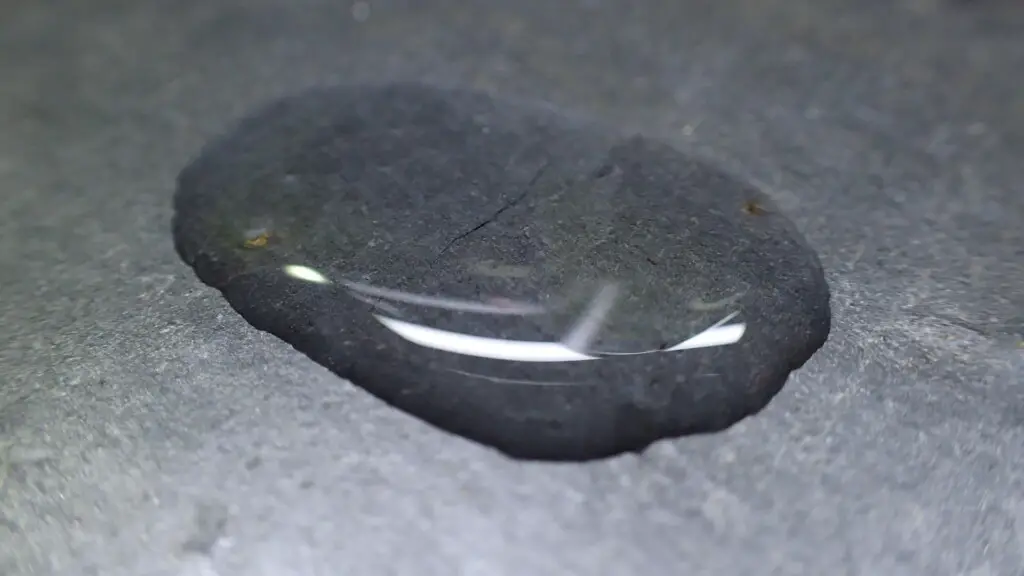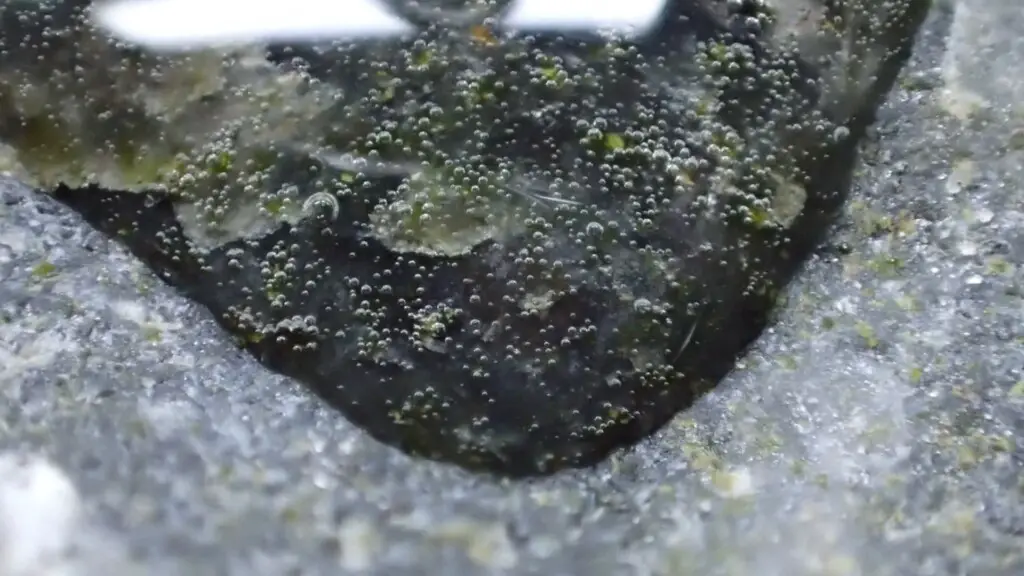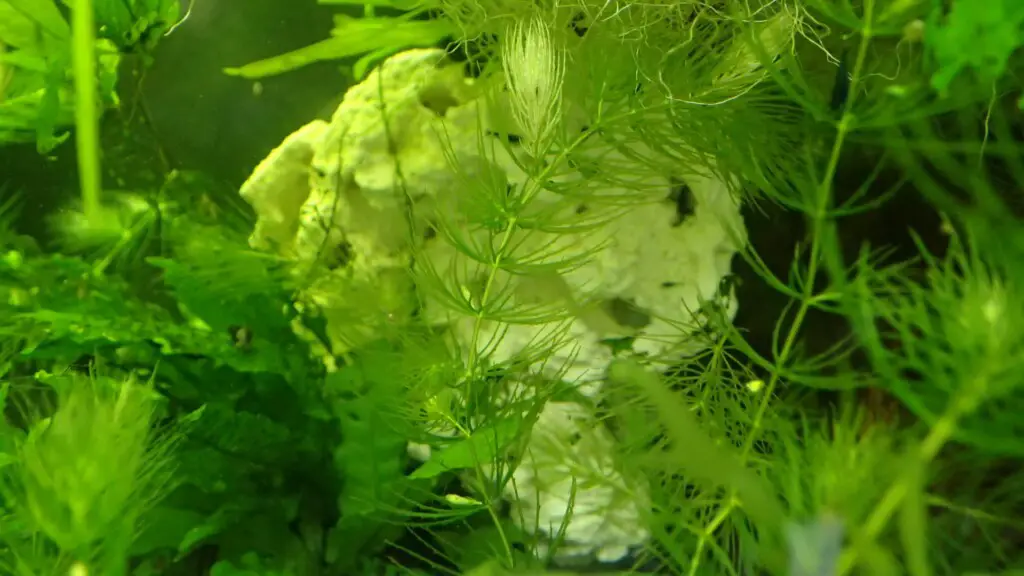Shrimp-safe rocks include slate, dragon stone, lava rock, and quartz. Avoid limestone, dolomite, and metal ore rocks. Coral can be safe depending on the tank type. Choose wisely!
The Role of Rocks in a Shrimp Aquarium
Rocks serve multiple purposes in a shrimp aquarium. They act as:
- Aesthetics: Rocks add a natural beauty to the aquarium and contribute to creating an environment that mimics a shrimp’s natural habitat.
- Hiding Spots: Small rocks and caves provide hiding places for shrimp, which they appreciate given their shy nature.
- Surface for Algae Growth: Rocks offer a surface for beneficial algae to grow, which serves as a source of nutrition for the shrimp.
- Buffer for Water Parameters: Certain types of rocks can help buffer the pH and hardness levels of the water in the aquarium.
However, not all rocks are safe for shrimp. Some may negatively affect the water parameters, or their sharp edges can injure the shrimp. Let’s look at some of the rocks that are safe for shrimp aquariums.
In-depth Analysis of Shrimp Safe Aquarium Rocks
In a shrimp aquarium, choosing the right rocks goes beyond aesthetic appeal. It also plays a crucial role in maintaining a suitable environment for your shrimp. Let’s take a more detailed look at some of the shrimp-safe rocks.
1. Slate Rock
Slate rock is a highly durable, metamorphic rock. It’s flat, sleek, and layered appearance makes it a perfect material for creating caves or platforms in a shrimp tank. This feature is significant for the shrimp, as these creatures often seek hiding spots, especially during molting periods when they are vulnerable.
Slate’s dark, muted colors, ranging from gray to black and occasionally purple or green, can provide a stunning contrast with the vibrant colors of many shrimp species. Importantly, slate is inert, meaning it doesn’t affect the water chemistry by releasing any minerals or metals. Hence, it doesn’t alter parameters such as pH, hardness, or alkalinity that are vital for the health of the shrimp.
2. Dragon Stone
Named after its dragon-like scale appearance, Dragon Stone, also known as Ohko Stone, is a popular choice in aquascaping. Its unique, rugged look with its crevices and holes, offers a natural, earthly aesthetic to your aquarium.
Dragon Stone is clay-based, making it lighter than many other types of rocks. Its rough texture and porous nature offer ample surface area for beneficial bacteria to colonize, thus aiding in maintaining water quality.
Like slate, Dragon Stone is inert and does not affect the water parameters, making it safe for your shrimp.
3. Lava Rock
Lava rock, born of molten lava, is known for its porous and rough texture. This characteristic makes it an ideal rock for beneficial bacteria to thrive. These bacteria play an important role in the nitrogen cycle, converting harmful substances like ammonia and nitrites into less harmful nitrates.
Lava rock’s unique, organic shapes can add a visually interesting element to your aquarium. Additionally, its crevices can serve as hiding places for shrimp. Lava rock doesn’t alter the water parameters, ensuring a stable environment for your shrimp.
4. Quartz
Quartz is a common mineral found on the Earth’s surface and comes in various forms and colors, including clear, white, pink (rose quartz), and smokey quartz, among others. This variety offers a multitude of aesthetic options for your aquarium.
Quartz’s hardness and chemical resistance make it an ideal choice for aquariums. It’s resistant to weathering and doesn’t dissolve or release any substances into the water, ensuring stable water parameters for your shrimp.
Aquarium Rocks to Avoid
Selecting rocks for a shrimp aquarium requires careful consideration. Some types of rocks can negatively influence the water chemistry, thereby creating an inhospitable environment for shrimp. Here are some rock types that should generally be avoided in a shrimp aquarium:
1. Limestone and Dolomite
Limestone and Dolomite are both sedimentary rocks composed largely of minerals like calcite and dolomite, respectively. These minerals contain calcium carbonate, which is known to increase the hardness and pH levels of water.
While this may be suitable for some aquatic life, it can prove detrimental to shrimp species that require soft, slightly acidic water. Crystal Red Shrimp, Bee Shrimp, Using Limestone or Dolomite in the tank with these shrimp species can drastically alter their habitat, causing stress and potentially leading to poor health or premature death.
Moreover, rapid changes in water hardness and pH can induce a state of shock in shrimp, making Limestone and Dolomite risky choices for an aquarium.
2. Metal Ore Rocks
Certain rocks contain high concentrations of metal ores, such as pyrite (also known as “Fool’s Gold”), chalcopyrite, or malachite. These rocks are problematic in an aquarium setting as they can leach metals into the water.
For instance, pyrite contains iron and sulfur. When submerged, pyrite can gradually oxidize, releasing sulfuric acid and iron into the water. This can lower the pH significantly and introduce harmful levels of iron.
Similarly, rocks like malachite and chalcopyrite can release copper into the water, which is highly toxic to shrimp even at low concentrations.
These types of rocks are generally not suitable for any aquarium, but they pose a particular risk to shrimp, which are very sensitive to changes in water chemistry and quality.
3. Seiryu Stone
While not always categorized with the aforementioned rocks, it’s important to approach Seiryu Stone with caution when considering it for a shrimp aquarium. This rock contains calcium carbonate, which can leach into the water and increase hardness and pH levels. As previously discussed, this might not be optimal for certain shrimp species that prefer softer, more acidic water conditions.
While some shrimp-keepers successfully use Seiryu Stone in their tanks, it typically requires careful monitoring of water parameters and may necessitate counteractive measures, such as using pH-lowering substrates or frequent water changes with conditioned or RO water.
The primary consideration should be the safety and health of your shrimp. The best practice is to opt for inert rocks that do not influence water parameters or introduce harmful substances into the water. If you’re unsure whether a rock is safe for your tank, it’s advisable to either seek expert advice or conduct an acid test to check for unwanted reactivity.
| Aquarium Rocks | Shrimp-Safe? (Saltwater Tanks) | Shrimp-Safe? (Neocaridina Tanks) |
|---|---|---|
| Slate Rock | Safe | Safe |
| Dragon Stone | Safe | Safe |
| Lava Rock | Safe | Safe |
| Quartz | Safe | Safe |
| Seiryu Stone | Not Safe | Not Safe |
| Limestone | Not Safe | Not Safe |
| Dolomite | Not Safe | Not Safe |
| Metal Ore Rocks | Not Safe | Not Safe |
| Coral | Safe | Depends on tank parameters |
The suitability of coral depends on the specific tank parameters and the needs of the shrimp species being kept. Coral is generally safe in saltwater tanks due to the natural compatibility with brackish and marine environments. However, in Neocaridina tanks, the use of coral depends on the desired water parameters and whether the shrimp species can tolerate the alkalinity and hardness increase that coral can cause. It’s essential to research and consider the specific requirements of the shrimp species and regularly monitor water parameters to ensure a suitable environment.

Testing Rocks for Safety
You can perform a simple acid test if you are uncertain whether a rock is safe for your shrimp aquarium. Drip a few drops of vinegar onto the rock. If it fizzes, it means the rock contains carbonate and is likely to alter the water chemistry.


Softwater Tanks
For softwater tanks, where you house shrimp species that prefer softer, slightly acidic water, such as Crystal Red Shrimp, Bee Shrimavoiding rocks altogether, can be a good strategy. This is especially true if the rocks are of unknown origin or there’s uncertainty regarding their composition.
Without rocks, there is no risk of any carbonate minerals leaching into the water and increasing the hardness and pH. It allows you to maintain the soft, slightly acidic water conditions that these shrimp prefer, reducing stress and promoting their health and longevity.

Neocaridina Tanks
In Neocaridina tanks, where the shrimp are typically more tolerant of a range of water conditions, including harder, more alkaline water, you have more flexibility to use rocks for aesthetic and practical purposes. Neocaridina shrimp include species like the common Cherry Shrimp, Blue Velvet Shrimp.
Rocks can add visual interest to the tank, provide hiding places for shrimp, and offer surfaces for beneficial algae and biofilm to grow.
Remember that, regardless of the type of tank or the species you’re keeping, it’s essential to monitor your water parameters regularly to ensure they stay within the optimal range for your shrimp. Regular testing can help you catch any potential issues early and take corrective action if needed.
I have learned that its best to test your water regularly instead of taking it for granted everything is ok.
Coral in Opae Ula Tanks
Coral, which naturally releases calcium and other beneficial minerals into the water, can be a suitable addition to an Opae Ula tank. By helping to maintain a higher pH and alkalinity level, coral assists in mimicking the brackish, near-marine conditions that these shrimp are naturally adapted to.
It is crucial, however, to ensure any coral added to the tank is clean and devoid of potential pollutants.
Lava Rock in Opae Ula Tanks
Lava rock makes an exceptional addition to an Opae Ula tank. Its porous nature provides ample surface area for beneficial bacteria to thrive, contributing to the breakdown of waste and the overall well-being of your tank.
Moreover, lava rock’s rough texture and abundant hiding spaces offer Opae Ula shrimp opportunities for exploration, foraging, and refuge, encouraging natural behaviors and reducing stress.
Lava rock is particularly beneficial and fitting for an Opae Ula tank because of its direct relevance to the shrimp’s natural habitat. Opae Ula are native to the Hawaiian Islands and inhabit brackish water pools often found within lava tubes and coastal rock crevices. Therefore, adding lava rocks to your tank benefits your shrimp and helps them replicate their natural environment, creating a more authentic habitat.
Despite the physical hardness of lava rocks, they are chemically inert and will not impact your water parameters, which is essential for maintaining the consistent brackish conditions that Opae Ula shrimp prefer.
Conclusion
In my experience as a shrimp keeper I’ve learned that choosing the right rocks for my shrimp tanks is crucial for their health. I prefer not to use rocks to maintain a stable water environment for sensitive shrimp species like Crystal Red and Bee Shrimp I let the soil do this job.
In my Neocaridina tanks, I’ve found that adding inert rocks like slate and quartz enhances the aquascape and provides hiding spots for the shrimp, In tanks where I breed a lot of neocaridina a piece of coral can help stabilize the tank especially if you have lots of plants.
In my Opae Ula tank, I’ve included coral and lava rock to recreate their natural habitat in lava tubes. It’s been fascinating to watch the shrimp interact with these elements.
However, it’s not just about the rocks. Monitoring water parameters, proper diet, and overall tank cleanliness are essential for shrimp health.
Creating a harmonious, balanced ecosystem that mimics their natural world is the goal. By respecting their needs, we can provide a nurturing home for these fascinating creatures to thrive.
Happy Rock Keeping!
Aquarium Rocks FAQ!!!
Q1: Can I use rocks I find in nature for my shrimp tank?
A1: It is possible to use rocks found in nature for your shrimp tank, but it’s essential to exercise caution. Unknown rocks may contain minerals or substances that can negatively affect water parameters or leach harmful chemicals. It’s recommended to research the rocks thoroughly, perform an acid test, or consult with experts before using them in your tank.
Q2: Are there any specific rocks I should avoid using with sensitive shrimp species?
A2: Sensitive shrimp species, such as Crystal Red Shrimp or Bee Shrimp, are typically more susceptible to changes in water parameters. It’s best to avoid rocks that can increase water hardness or pH levels, such as limestone or dolomite. These rocks can create conditions that are less than ideal for these shrimp species.
Q3: Can rocks provide any additional benefits to shrimp tanks apart from aesthetics?
A3: Yes, rocks can provide various benefits to shrimp tanks. Porous rocks like lava rock offer surface area for beneficial bacteria colonization, aiding in biological filtration. Rocks with crevices and hiding spots provide shelter for shrimp, helping to reduce stress. Additionally, rocks like coral can gradually release calcium and other minerals into the water, aiding in maintaining water chemistry.
Q4: Are there any rocks that can be harmful to shrimp regardless of species?
A4: Yes, certain rocks should be avoided in shrimp tanks regardless of the shrimp species. Rocks with high metal ore content, such as pyrite, can leach harmful substances into the water. These substances, like iron or copper, can be toxic to shrimp even at low concentrations. It’s best to avoid rocks with unknown mineral compositions or those that have a known potential to release harmful elements.
Q5: Can using specific rocks help promote algae growth in a shrimp tank?
A5: Yes, certain rocks, such as lava rock or rough-textured rocks, can provide surfaces for beneficial algae growth. Algae serve as a natural food source for shrimp, contributing to their overall nutrition. However, it’s important to strike a balance as excessive algae growth can lead to water quality issues. Regular maintenance and monitoring are necessary to prevent algae overgrowth.
